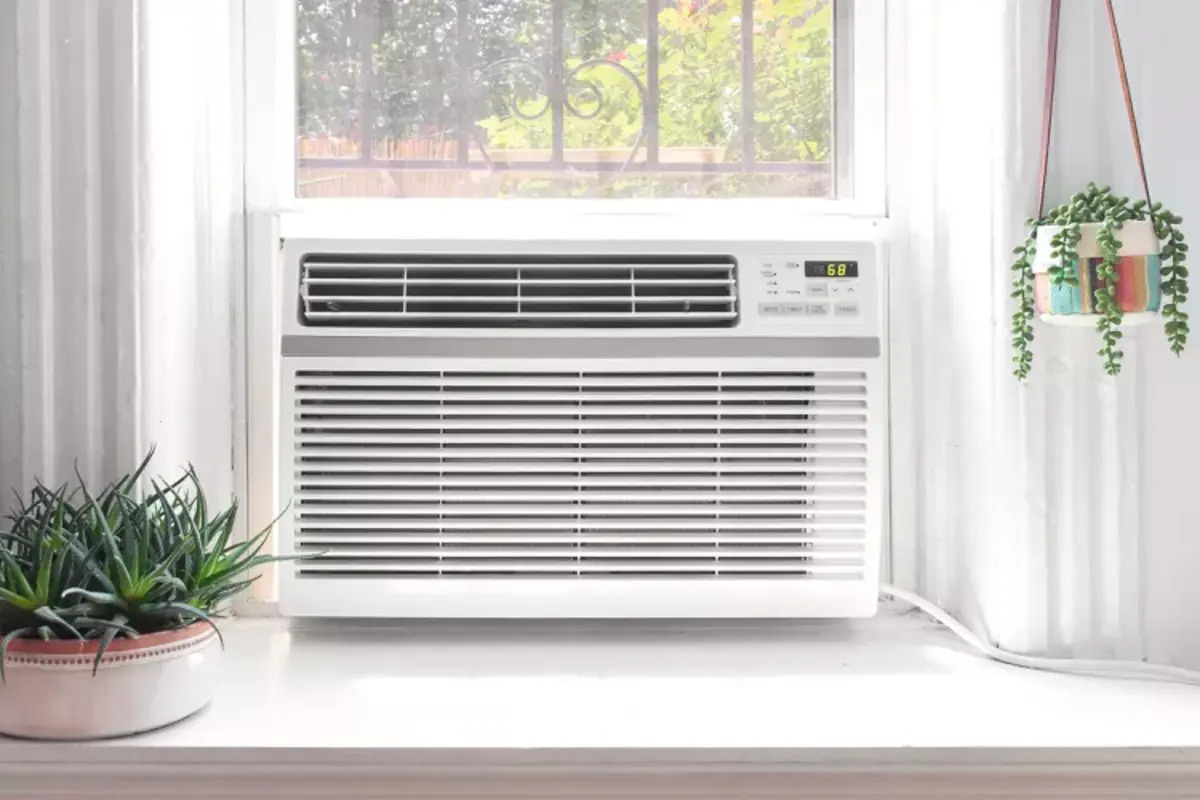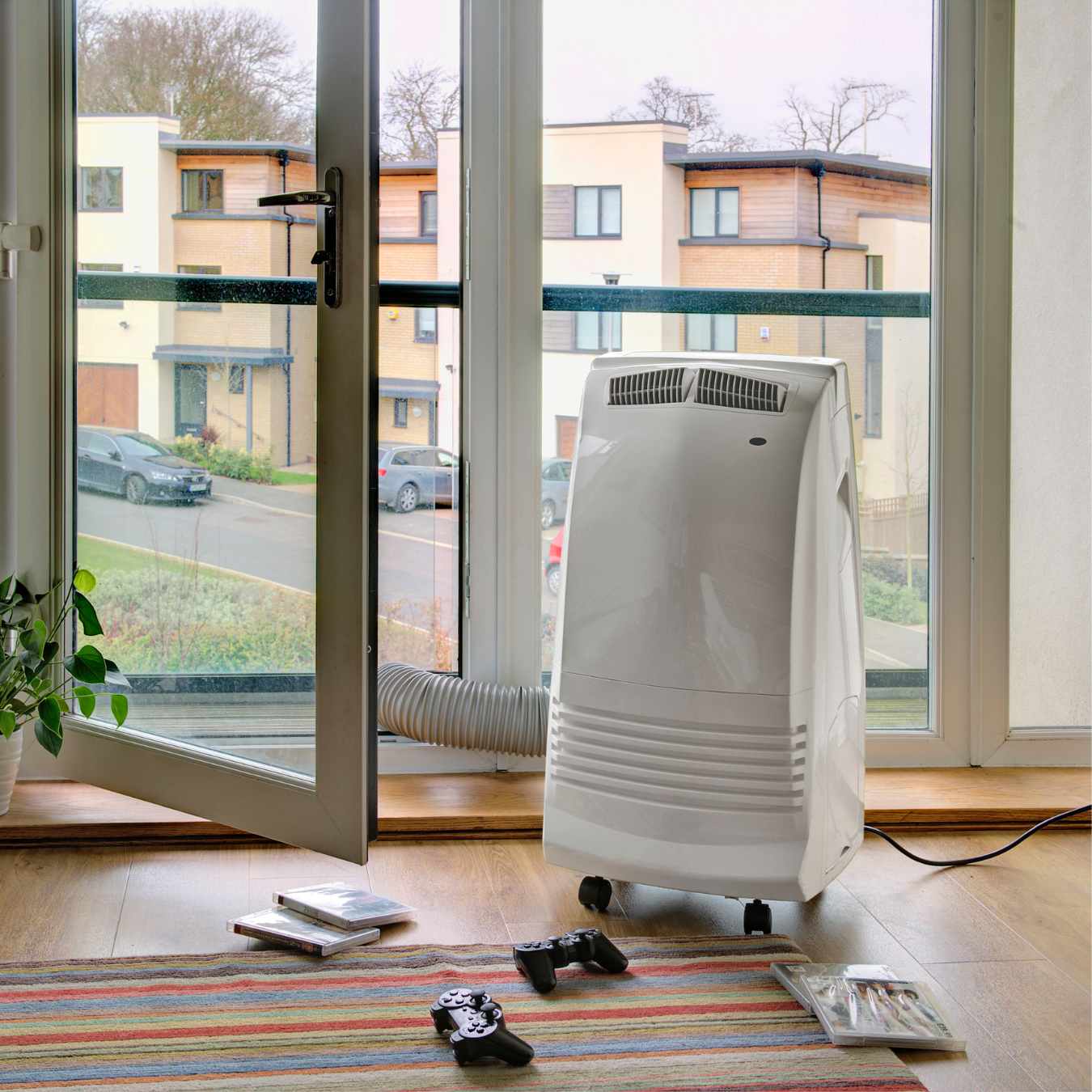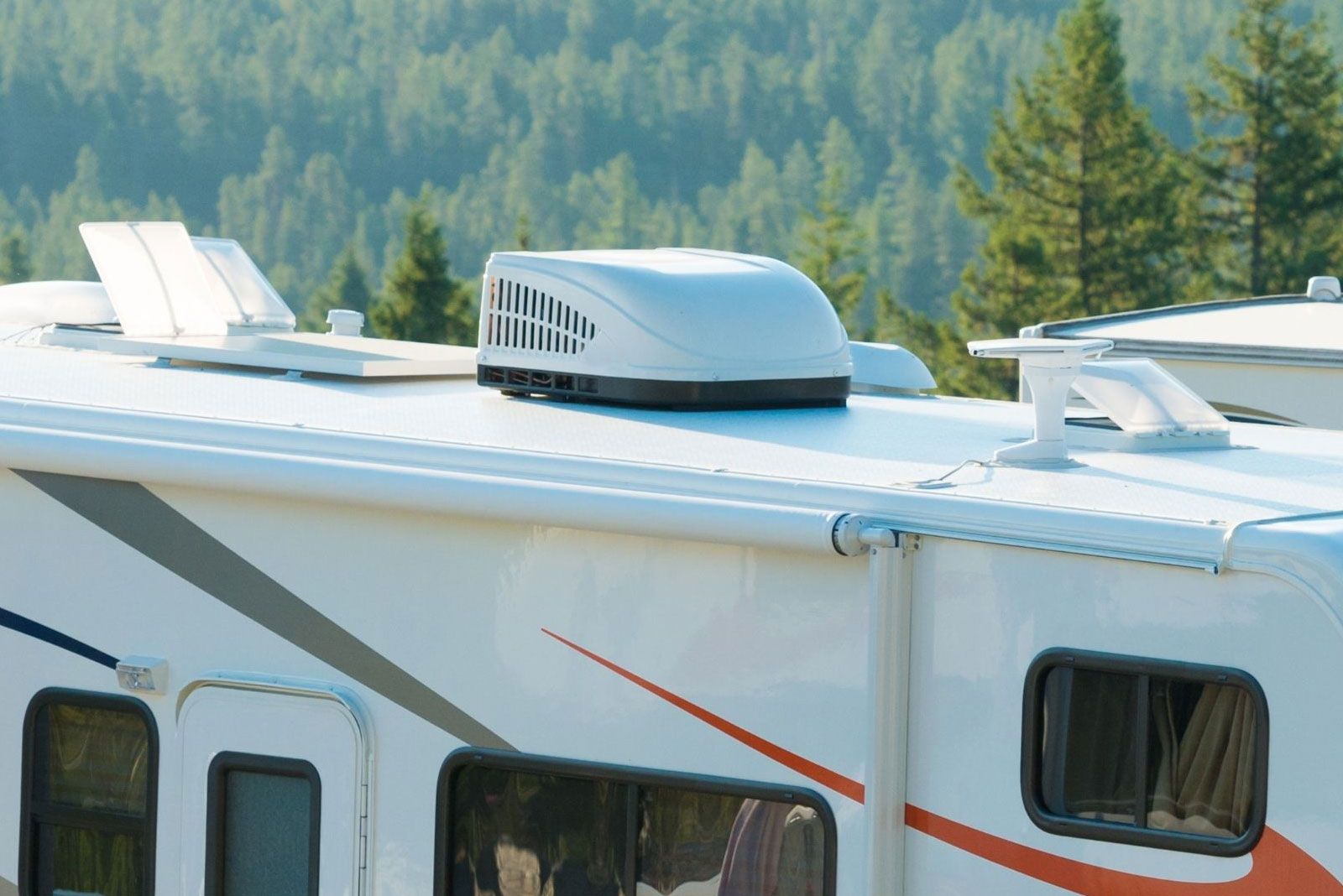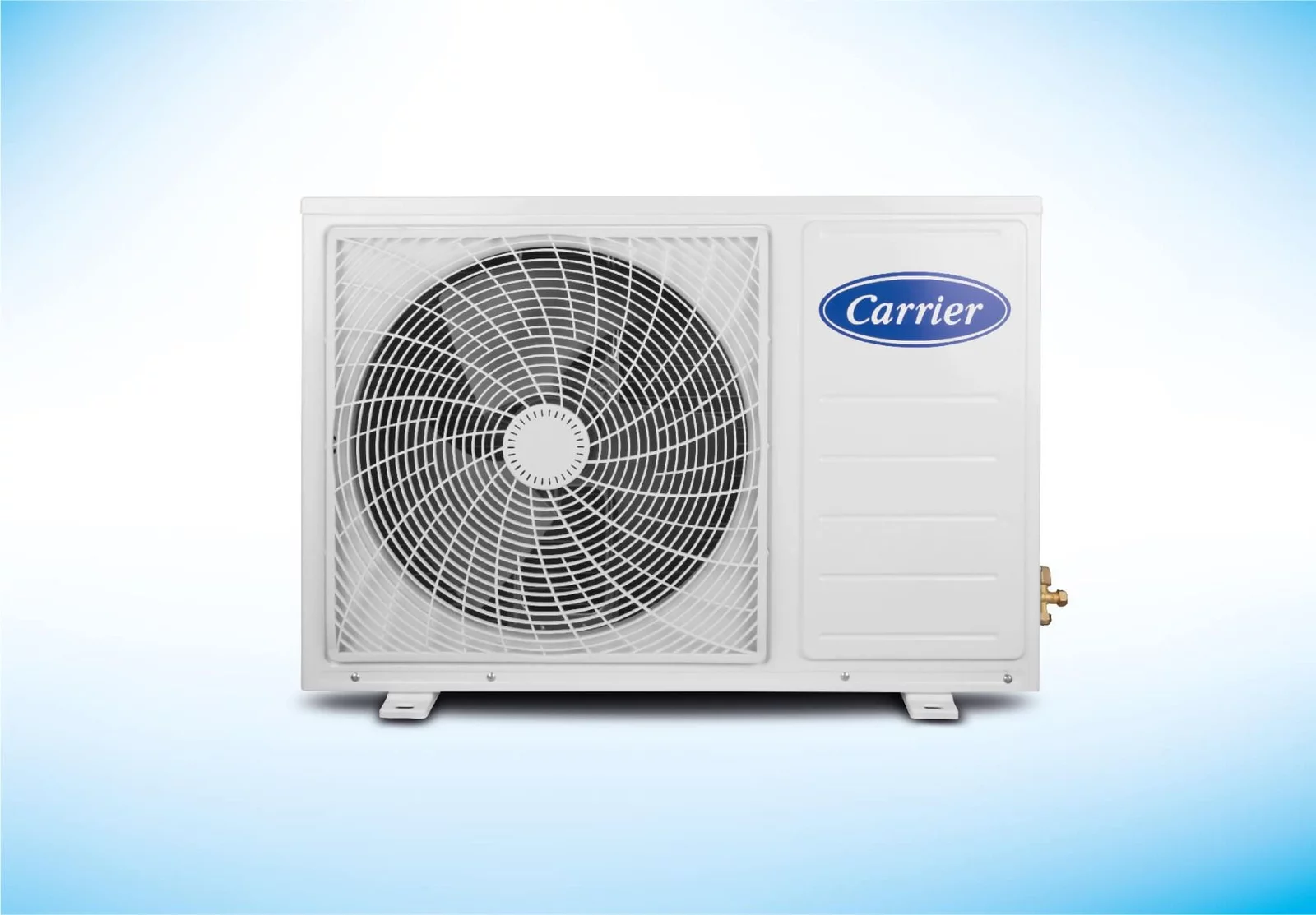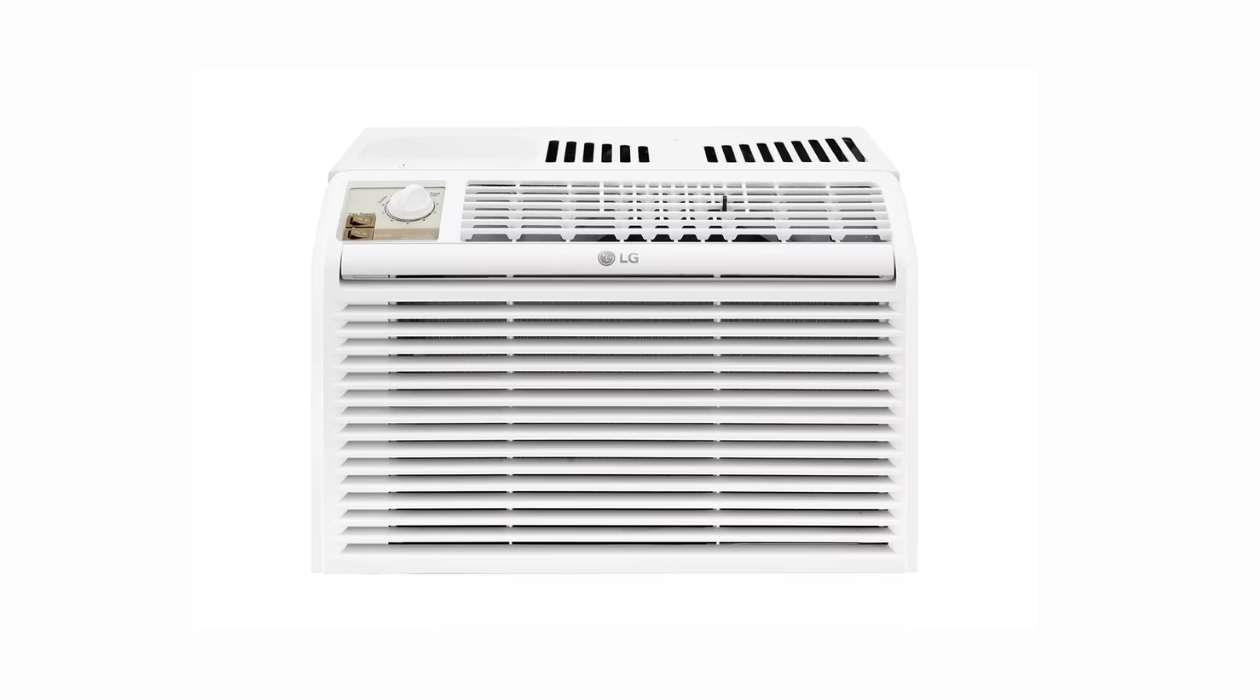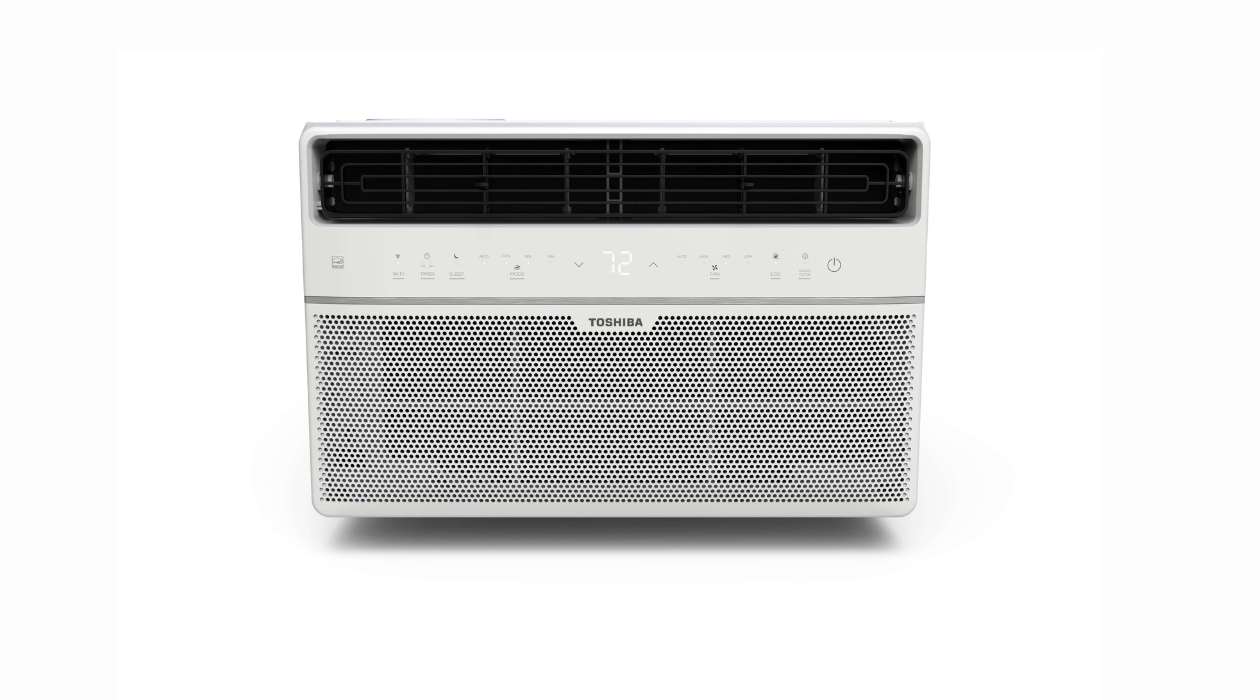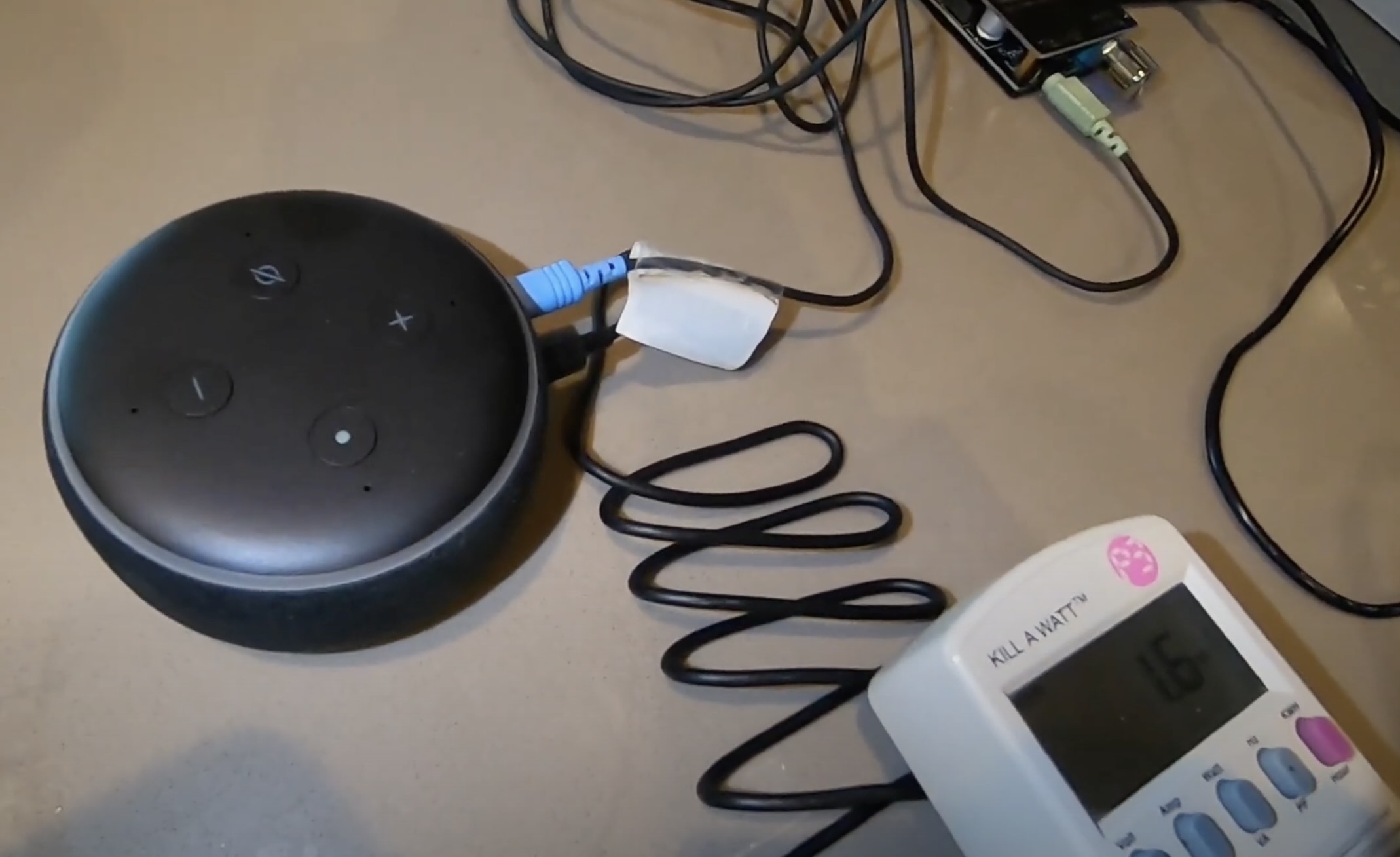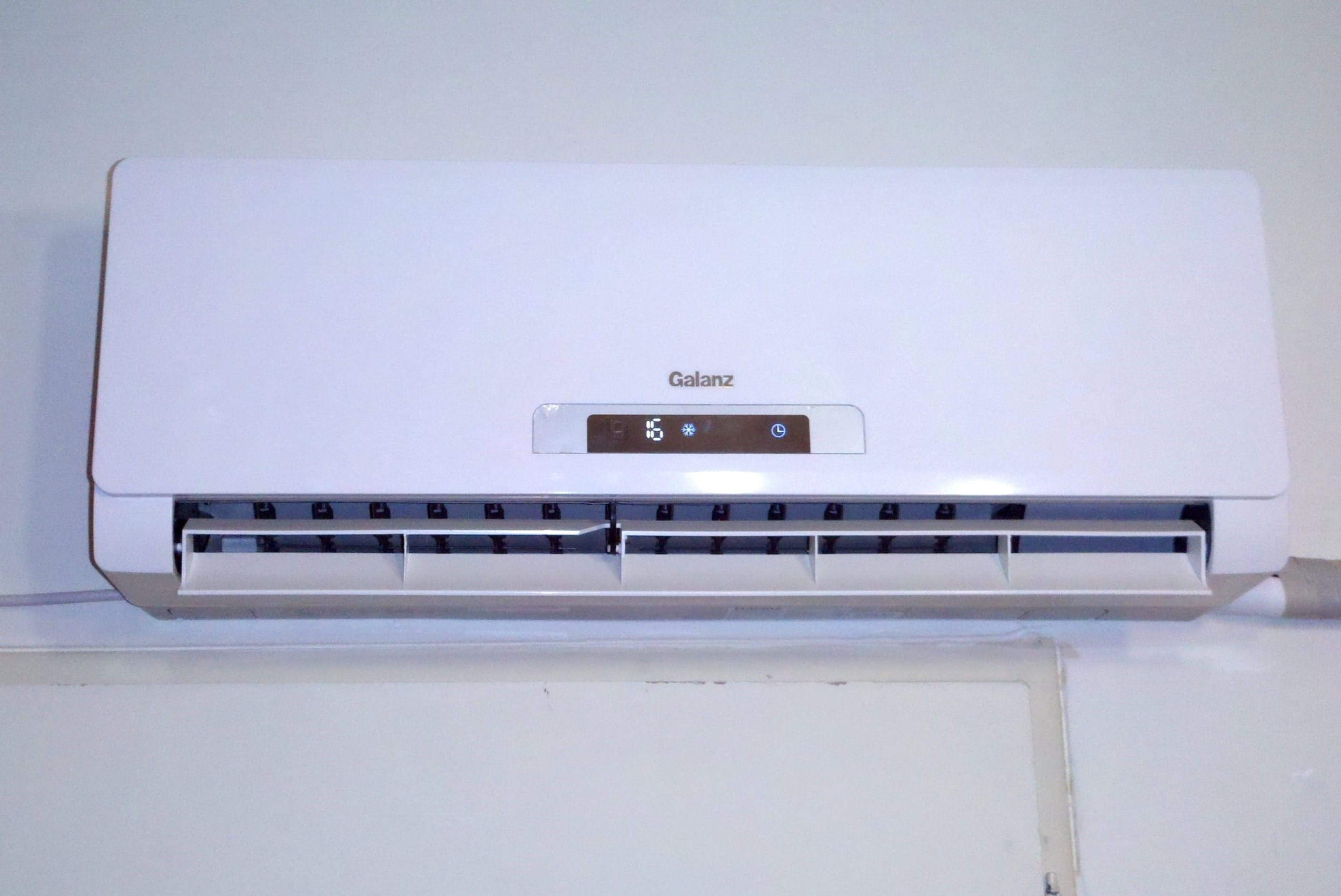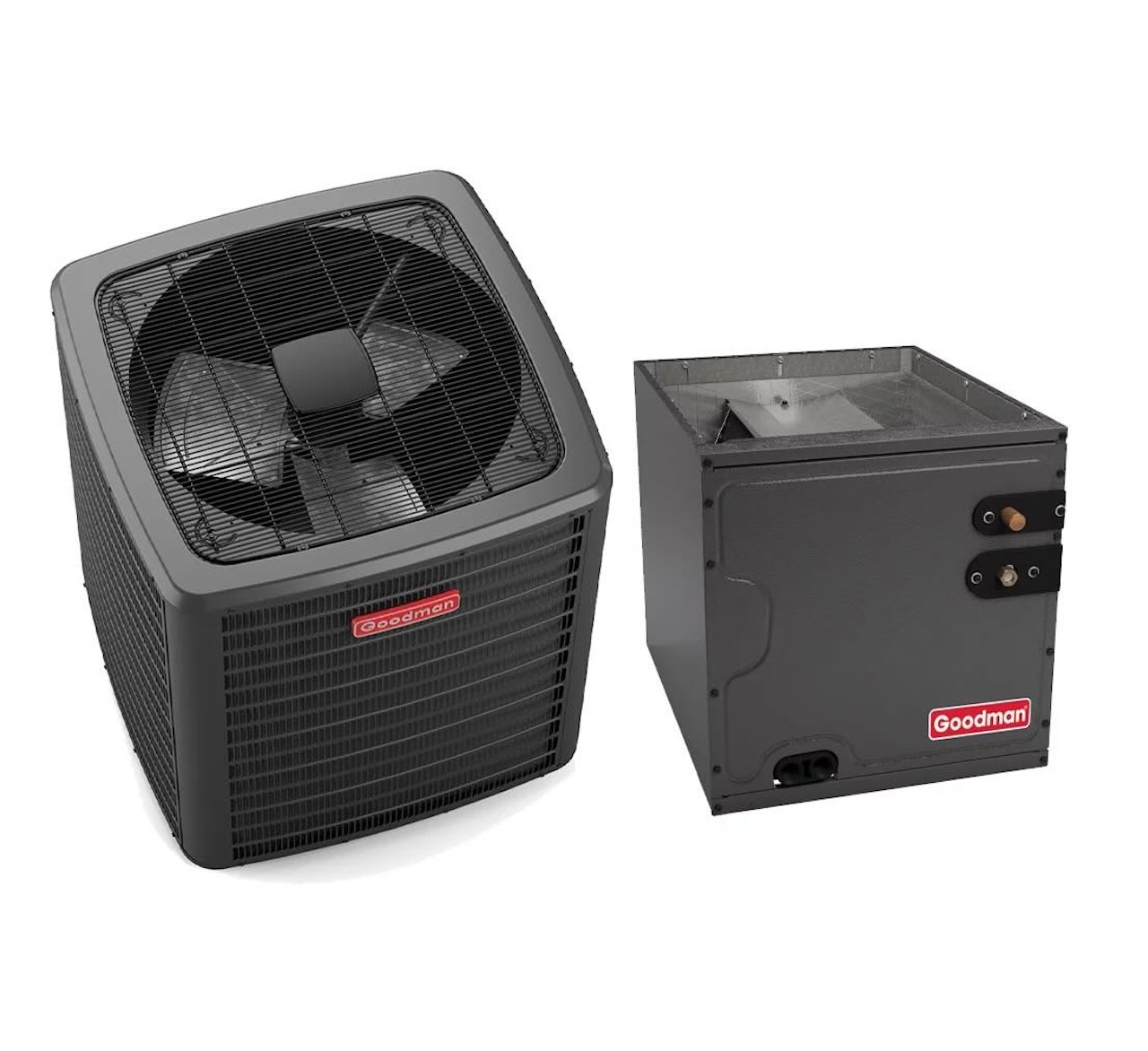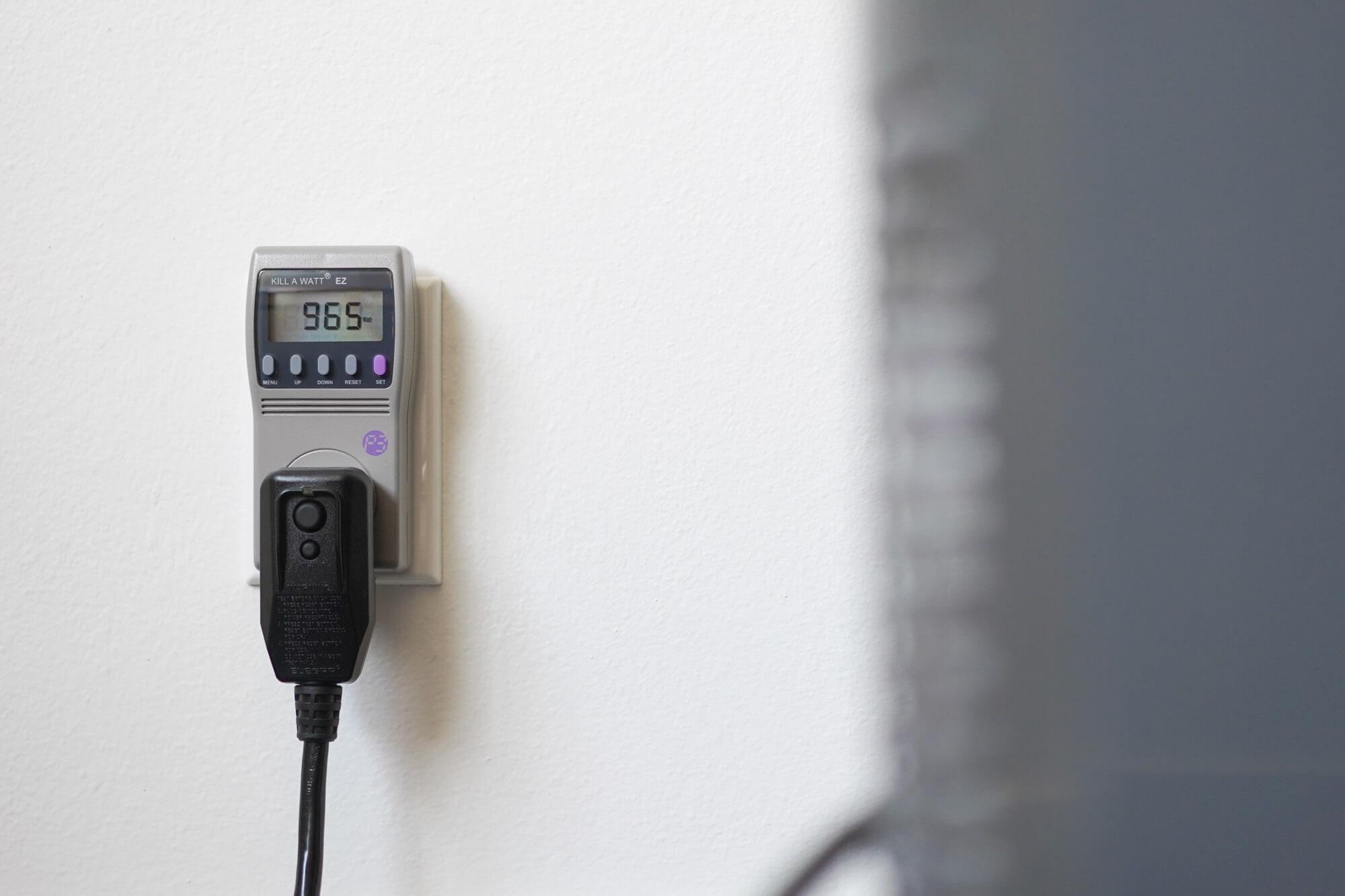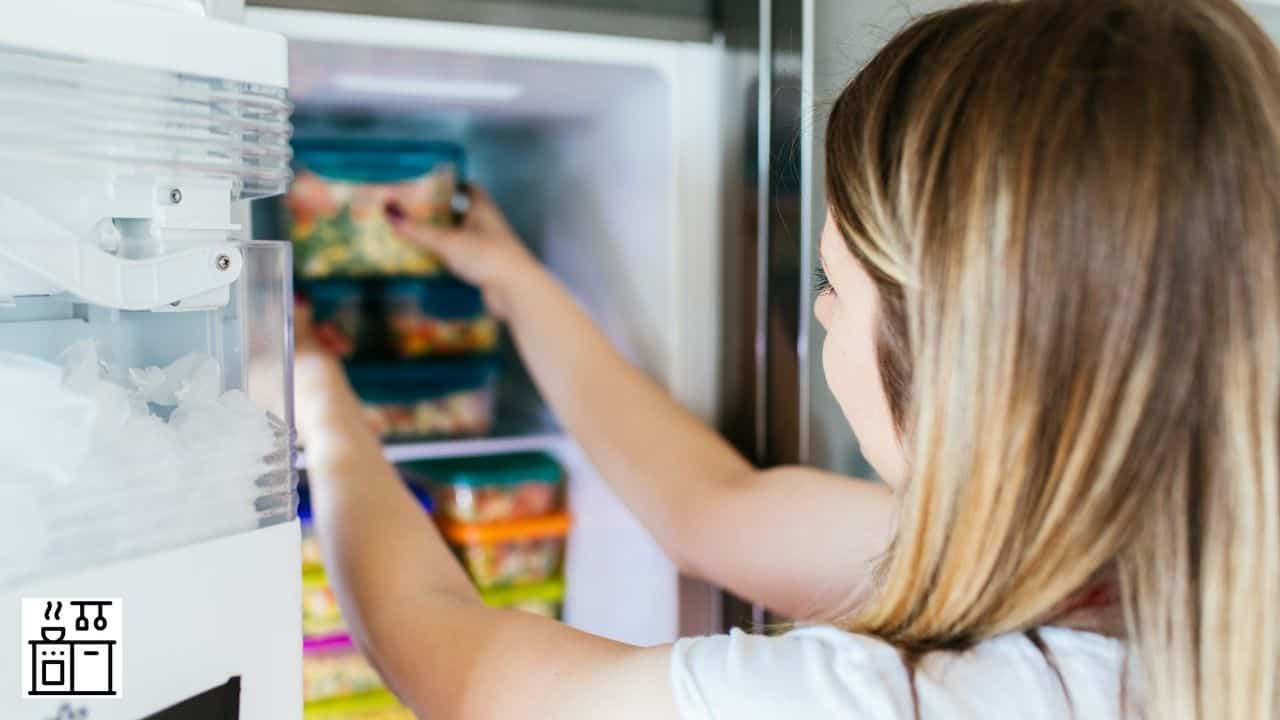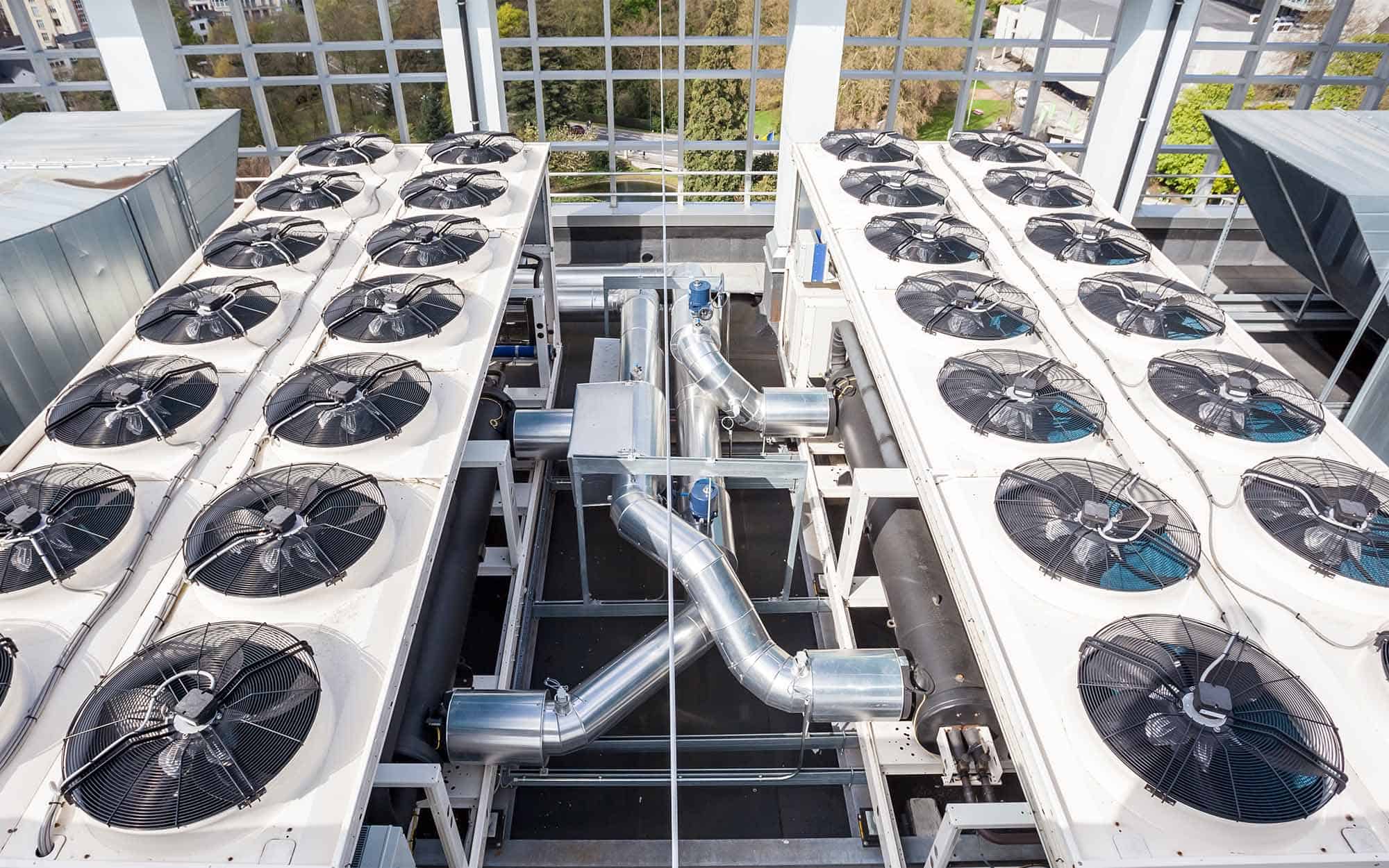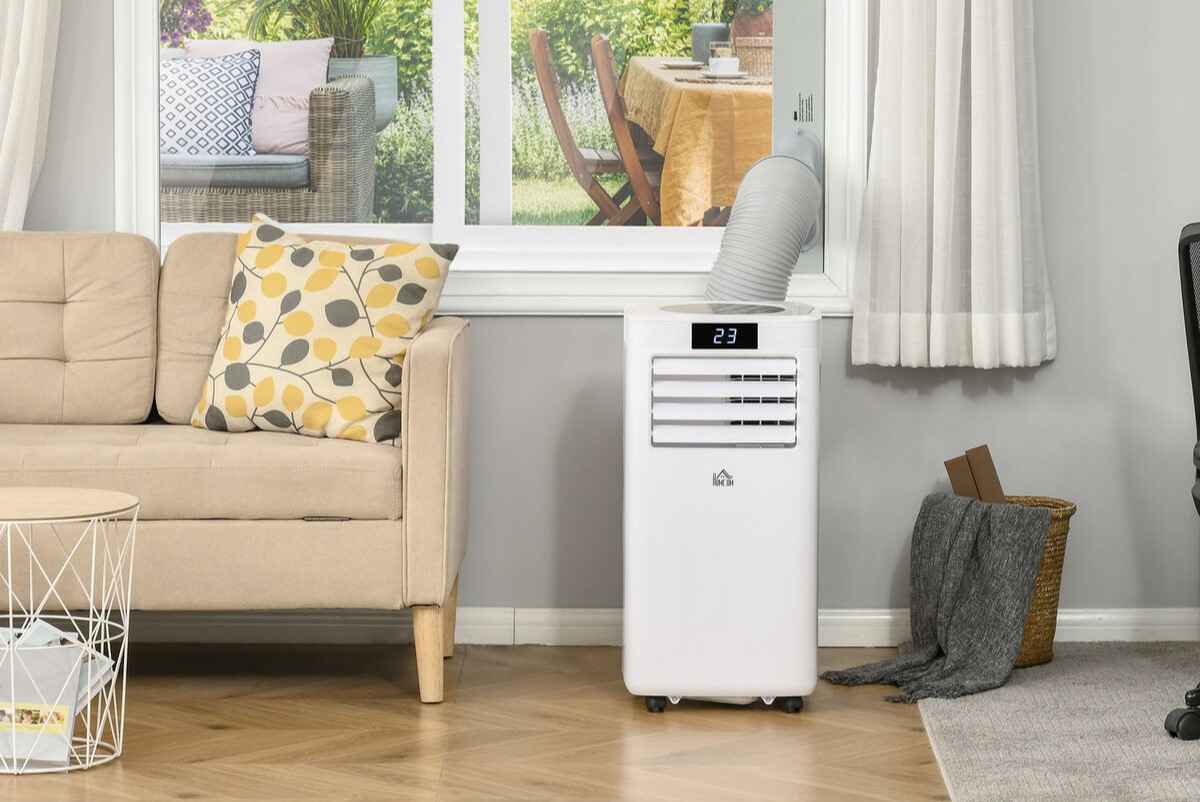Home>Home Maintenance>How Many Amps Does A 3-Ton Central Air Conditioner Use
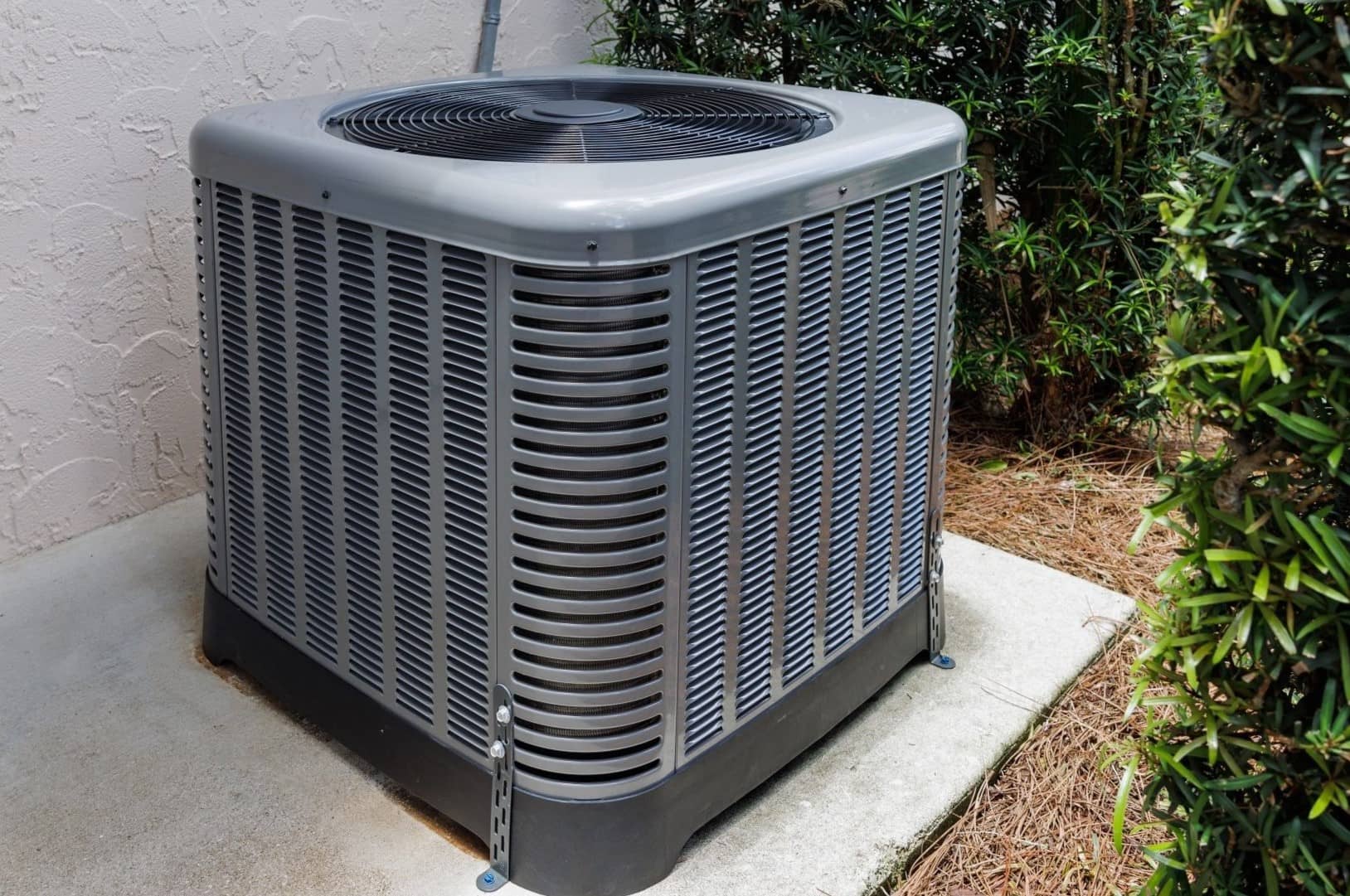

Home Maintenance
How Many Amps Does A 3-Ton Central Air Conditioner Use
Modified: March 7, 2024
Learn about the typical amperage used by a 3-ton central air conditioner in your home. Ensure proper home maintenance with this essential information.
(Many of the links in this article redirect to a specific reviewed product. Your purchase of these products through affiliate links helps to generate commission for Storables.com, at no extra cost. Learn more)
Introduction
Welcome to our comprehensive guide on understanding the power consumption of a 3-ton central air conditioner. As summer approaches, many homeowners are concerned about the efficiency and energy usage of their cooling systems. With rising energy costs and growing environmental concerns, it is crucial to have a clear understanding of how much power your air conditioner consumes.
A central air conditioner is a complex system that circulates cool air throughout your home, providing relief from the sweltering heat. It consists of various components, including the compressor, condenser, evaporator coil, and blower motor, all working together to keep your home cool and comfortable.
Understanding the power consumption of your 3-ton central air conditioner is essential for several reasons. Firstly, it can help you manage your energy usage and reduce your electricity bills. Secondly, knowing the power consumption can allow you to assess the overall efficiency of your cooling system.
In this article, we will dive into the factors that influence the power consumption of a 3-ton central air conditioner and discuss how you can optimize its energy efficiency. So, let’s get started!
Key Takeaways:
- Understanding the power consumption of a 3-ton central air conditioner helps homeowners manage energy usage, reduce electricity bills, and make eco-friendly choices for a comfortable home.
- By considering factors like insulation, thermostat settings, and regular maintenance, homeowners can optimize energy efficiency and reduce power consumption, leading to energy savings and a more sustainable environment.
Understanding Air Conditioner Power Consumption
Before we delve into the specifics of a 3-ton central air conditioner’s power consumption, it’s important to have a basic understanding of how air conditioners consume energy. The power consumption of an air conditioner is measured in watts or kilowatts and indicates the amount of electricity it uses to operate.
Air conditioners have two main power-consuming components: the compressor and the fan. The compressor is responsible for cooling and circulating the refrigerant, while the fan distributes the cooled air throughout your home. These components work together seamlessly, consuming energy in the process.
The power consumption of an air conditioner can vary depending on several factors, including the size and efficiency of the unit, the temperature setting, the insulation of your home, and the outdoor temperature. The size of the unit is measured in tons, referring to the cooling capacity it can provide.
For instance, a 3-ton central air conditioner is designed to cool a space of approximately 1,500 to 1,800 square feet. This unit has a cooling capacity of 36,000 British thermal units (BTUs) per hour, which refers to the amount of heat it can remove from the air within a certain time frame.
It is important to note that the power consumption of an air conditioner is not constant. It varies depending on the cooling load, which is the amount of cooling required to maintain a desired indoor temperature. When the outdoor temperature is high, the cooling load increases, causing the air conditioner to work harder and consume more electricity.
Furthermore, the efficiency of an air conditioner plays a significant role in its power consumption. Air conditioners with higher efficiency, typically indicated by a higher Seasonal Energy Efficiency Ratio (SEER) rating, consume less energy to achieve the desired cooling. Upgrading to a more efficient unit can lead to substantial energy savings over time.
By understanding how air conditioners consume power, you can make informed decisions about your cooling needs and take measures to optimize energy efficiency. In the next section, we will discuss the factors that can affect the power consumption of a 3-ton central air conditioner.
Factors Affecting Power Consumption of a 3-Ton Central Air Conditioner
Several factors can influence the power consumption of a 3-ton central air conditioner. Understanding these factors can help you make informed decisions about your cooling system and optimize its energy efficiency. Let’s explore these factors in more detail:
- Outdoor Temperature: The outdoor temperature has a significant impact on how hard your air conditioner has to work. During hot summer days, when the temperature is high, the air conditioner needs to run longer and consume more energy to maintain a comfortable indoor temperature.
- Insulation and Home Size: The level of insulation in your home and its size can affect the power consumption of your air conditioner. Well-insulated homes retain cool air better, reducing the workload on the air conditioner. Additionally, larger homes require more cooling capacity, which can lead to higher energy consumption.
- Thermostat Settings: The temperature setting on your thermostat plays a crucial role in how frequently and for how long the air conditioner runs. Lowering the thermostat setting will cause the air conditioner to work harder and consume more power. Set your thermostat to the highest comfortable temperature to minimize energy usage.
- Air Conditioner Efficiency: The efficiency of your air conditioner can have a significant impact on its power consumption. Air conditioners with higher SEER ratings are more energy-efficient and consume less power to achieve the same cooling effect. Consider investing in a high-efficiency unit to reduce your energy consumption.
- Maintenance and Filter Cleaning: Regular maintenance and cleaning of your air conditioner can improve its efficiency and reduce power consumption. Dirty filters restrict airflow, causing the air conditioner to work harder. Keep your filters clean and schedule annual maintenance to ensure optimal performance.
- Ductwork Condition: The condition of your ductwork can impact the overall efficiency of your air conditioner. Leaky ducts can result in air loss, leading to reduced cooling efficiency and increased power consumption. Inspect your ducts for leaks and seal them to improve energy efficiency.
- Usage Habits: Your usage habits also play a role in the power consumption of your air conditioner. Avoid unnecessary cooling by keeping doors and windows closed, using ceiling fans to circulate cool air, and utilizing shades or curtains to block out heat from direct sunlight.
By taking these factors into consideration and implementing energy-saving practices, you can effectively reduce the power consumption of your 3-ton central air conditioner. In the next section, we will explore the amps rating of a 3-ton central air conditioner, which can provide further insights into its power consumption.
The Amps Rating of a 3-Ton Central Air Conditioner
The amps rating of a 3-ton central air conditioner is an important specification to consider when assessing its power consumption. The ampere (amp) rating indicates the amount of electrical current that the air conditioner draws when it is running.
A 3-ton central air conditioner typically has an amp rating between 15 and 20 amps. However, it’s important to note that the actual amps may vary depending on the specific model and manufacturer. To determine the precise amp rating of your air conditioner, you can refer to the unit’s nameplate or consult the manufacturer’s specifications.
Understanding the amp rating of your air conditioner is crucial for several reasons:
- Circuit Capacity: The amp rating of your air conditioner helps determine if your electrical circuit can handle its power requirements. It is essential to ensure that your circuit breaker and wiring can support the amp rating of your air conditioner to avoid overloading the circuit.
- Energy Usage: The amp rating provides insights into the energy consumption of your air conditioner. By multiplying the amp rating by the voltage (usually 120V or 240V), you can calculate the wattage, which represents the actual power consumed by the unit.
- Efficiency Assessment: Comparing the amp rating of different air conditioner models can help assess their energy efficiency. Air conditioners with lower amp ratings tend to consume less power, which translates to lower electricity bills and reduced environmental impact.
It’s important to note that the amp rating represents the maximum electrical current that the air conditioner can draw under normal operating conditions. However, the actual amps consumed by the unit will vary depending on factors such as the temperature setting, outdoor conditions, and the cooling load required.
To optimize the energy efficiency of your 3-ton central air conditioner and reduce power consumption, consider the following tips:
- Set your thermostat to a higher temperature when you’re away from home or at night when it’s cooler.
- Keep your home well-insulated to minimize heat transfer and reduce the workload on your air conditioner.
- Regularly clean or replace air filters to ensure proper airflow and maximize efficiency.
- Invest in a programmable thermostat that allows you to set temperature schedules and optimize energy usage.
- Consider upgrading to a high-efficiency air conditioner with a higher SEER rating to reduce power consumption.
By understanding the amp rating of your 3-ton central air conditioner and implementing energy-saving practices, you can effectively manage its power consumption, reduce your electricity bills, and contribute to a more sustainable environment.
In the next section, we will explore the relationship between energy efficiency and power consumption of a 3-ton central air conditioner.
A 3-ton central air conditioner typically uses around 15-18 amps during normal operation. It’s important to check the specific requirements of your unit to ensure proper electrical compatibility.
Energy Efficiency and Power Consumption of a 3-Ton Central Air Conditioner
When it comes to the power consumption of a 3-ton central air conditioner, energy efficiency plays a significant role. Energy efficiency refers to how effectively an air conditioner can convert electrical energy into cooling power. Air conditioners with higher energy efficiency ratings can provide the same level of cooling while consuming less power.
The energy efficiency of a central air conditioner is typically measured by its Seasonal Energy Efficiency Ratio (SEER) rating. The SEER rating represents the cooling output of the air conditioner divided by the electrical input over a typical cooling season. The higher the SEER rating, the more energy-efficient the air conditioner is.
A 3-ton central air conditioner typically has a SEER rating ranging from 13 to 21. A higher SEER rating indicates better energy efficiency and lower power consumption. Upgrading to a higher SEER-rated unit can lead to significant energy savings and reduced electricity bills over time.
When considering the energy efficiency of a 3-ton central air conditioner, it’s important to understand the concept of the Coefficient of Performance (COP). The COP is a measure of the amount of cooling provided by the air conditioner compared to the electrical energy it consumes. A higher COP indicates better energy efficiency.
By choosing an energy-efficient air conditioner and properly maintaining it, you can optimize its power consumption. Here are some tips to improve the energy efficiency of your 3-ton central air conditioner:
- Regular Maintenance: Schedule regular maintenance to keep your air conditioner in optimal condition. This includes cleaning or replacing air filters, checking and cleaning coils, and ensuring proper airflow.
- Proper Insulation: Ensure your home is properly insulated to minimize heat transfer and reduce the workload on your air conditioner. Insulate attic spaces, walls, floors, and ductwork to prevent cool air from escaping and warm air from entering.
- Smart Thermostat: Install a programmable or smart thermostat to optimize energy usage. Set temperature schedules that align with your occupancy patterns, and take advantage of features such as geofencing and remote control to adjust settings when you’re away.
- Use Ceiling Fans: Supplement your air conditioner with ceiling fans to improve airflow and circulation. This can allow you to raise the thermostat temperature without sacrificing comfort, reducing the load on your air conditioner.
- Shade Windows: Utilize blinds, shades, or curtains to block out direct sunlight and reduce heat gain. This can help your air conditioner operate more efficiently and prevent it from working harder to cool your home.
By incorporating these energy-saving practices into your routine and choosing an energy-efficient 3-ton central air conditioner, you can achieve optimal cooling performance with reduced power consumption and lower energy bills.
In the next section, we will share some tips for further reducing the power consumption of your 3-ton central air conditioner.
Read more: How Many Amps Does An Air Conditioner Use
Tips for Reducing Power Consumption of a 3-Ton Central Air Conditioner
Reducing the power consumption of your 3-ton central air conditioner not only helps you save on energy costs but also contributes to a more sustainable environment. Here are some practical tips to help you optimize the energy efficiency of your cooling system:
- Set and Maintain Temperature: Set your thermostat to the highest comfortable temperature, preferably around 78 degrees Fahrenheit. Avoid constantly adjusting the temperature, as this can cause your air conditioner to work harder and consume more energy. Using a programmable thermostat can help automate temperature adjustments based on your schedule.
- Maintain Proper Insulation: Ensure your home is well-insulated to prevent cool air from escaping and warm air from entering. Seal any gaps around windows, doors, and ducts. Adding insulation to walls, attics, and crawl spaces can also help maintain a stable indoor temperature and reduce the workload on your air conditioner.
- Use Ceiling Fans: Utilize ceiling fans or portable fans to supplement your air conditioner. Fans circulate the cool air throughout the room, allowing you to raise the thermostat temperature without sacrificing comfort. Remember to turn them off when you leave the room to conserve energy.
- Keep Windows and Doors Closed: Make sure all windows and doors are closed properly when your air conditioner is running. This helps prevent the loss of cool air and minimizes the strain on your cooling system.
- Maximize Natural Shade: Use window coverings, such as blinds or curtains, to block out direct sunlight during the hottest parts of the day. This can significantly reduce heat gain and lessen the load on your air conditioner.
- Ensure Proper Airflow: Regularly clean or replace air filters to ensure proper airflow. Clogged or dirty filters restrict airflow, making your air conditioner work harder to cool your home. Consult your unit’s manual for recommended filter cleaning or replacement intervals.
- Inspect and Seal Ductwork: Inspect your ductwork for leaks or damage. Leaky ducts can result in cool air escaping, leading to energy wastage. Seal any leaks with duct tape or hire a professional to ensure efficient distribution of cooled air.
- Schedule Regular Maintenance: Arrange for annual maintenance by a professional HVAC technician. Regular servicing helps identify any underlying issues, optimize your system’s performance, and ensure maximum energy efficiency.
- Utilize Smart Technology: Consider upgrading to a smart thermostat that allows you to monitor and control your air conditioner remotely. Some smart thermostats even utilize occupancy sensors to adjust temperature settings automatically when no one is present, reducing energy consumption.
Implementing these tips can significantly reduce the power consumption of your 3-ton central air conditioner, leading to energy savings and a more environmentally friendly cooling solution. By being mindful of your energy usage and taking proactive steps to optimize energy efficiency, you can enjoy a comfortable home while minimizing your carbon footprint.
Finally, let’s wrap up this guide on understanding and minimizing the power consumption of your 3-ton central air conditioner.
Conclusion
Understanding the power consumption of a 3-ton central air conditioner is essential for homeowners who want to manage their energy usage, reduce electricity bills, and contribute to a more sustainable environment. By considering factors such as outdoor temperature, insulation, thermostat settings, air conditioner efficiency, maintenance, ductwork, and usage habits, you can make informed decisions to optimize energy efficiency and reduce power consumption.
The amp rating of a 3-ton central air conditioner indicates the electrical current it draws while running, and understanding this rating is crucial for ensuring that your electrical circuit can handle its power requirements. Additionally, the energy efficiency of the unit, as reflected by its SEER rating, plays a significant role in power consumption. Choosing an air conditioner with a higher SEER rating can lead to energy savings over time.
To further reduce power consumption, follow practical tips such as setting and maintaining temperature, maintaining proper insulation, using ceiling fans, keeping windows and doors closed, maximizing natural shade, ensuring proper airflow through clean filters, inspecting and sealing ductwork, scheduling regular maintenance, and utilizing smart technology.
By implementing these strategies, you can optimize the energy efficiency of your 3-ton central air conditioner, reduce power consumption, and enjoy a comfortable home environment while minimizing your environmental impact. Remember, small changes in habits and conscious energy management can make a significant difference not only in your utility bills but also in the overall sustainability of our planet.
We hope this comprehensive guide has provided valuable insights into understanding and minimizing the power consumption of your 3-ton central air conditioner. Make informed choices, practice energy-saving habits, and enjoy the benefits of a more energy-efficient cooling system.
Frequently Asked Questions about How Many Amps Does A 3-Ton Central Air Conditioner Use
Was this page helpful?
At Storables.com, we guarantee accurate and reliable information. Our content, validated by Expert Board Contributors, is crafted following stringent Editorial Policies. We're committed to providing you with well-researched, expert-backed insights for all your informational needs.
